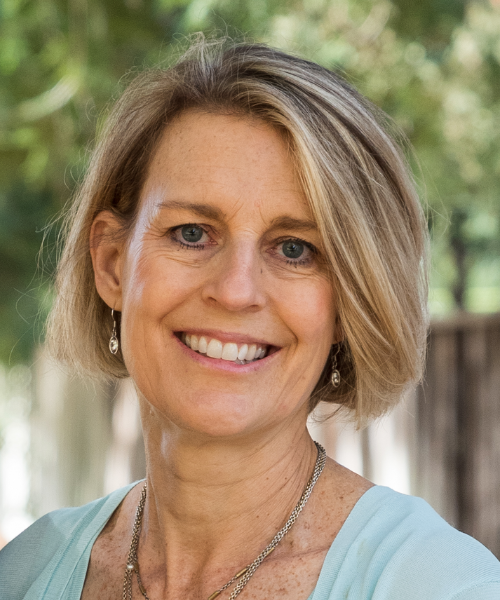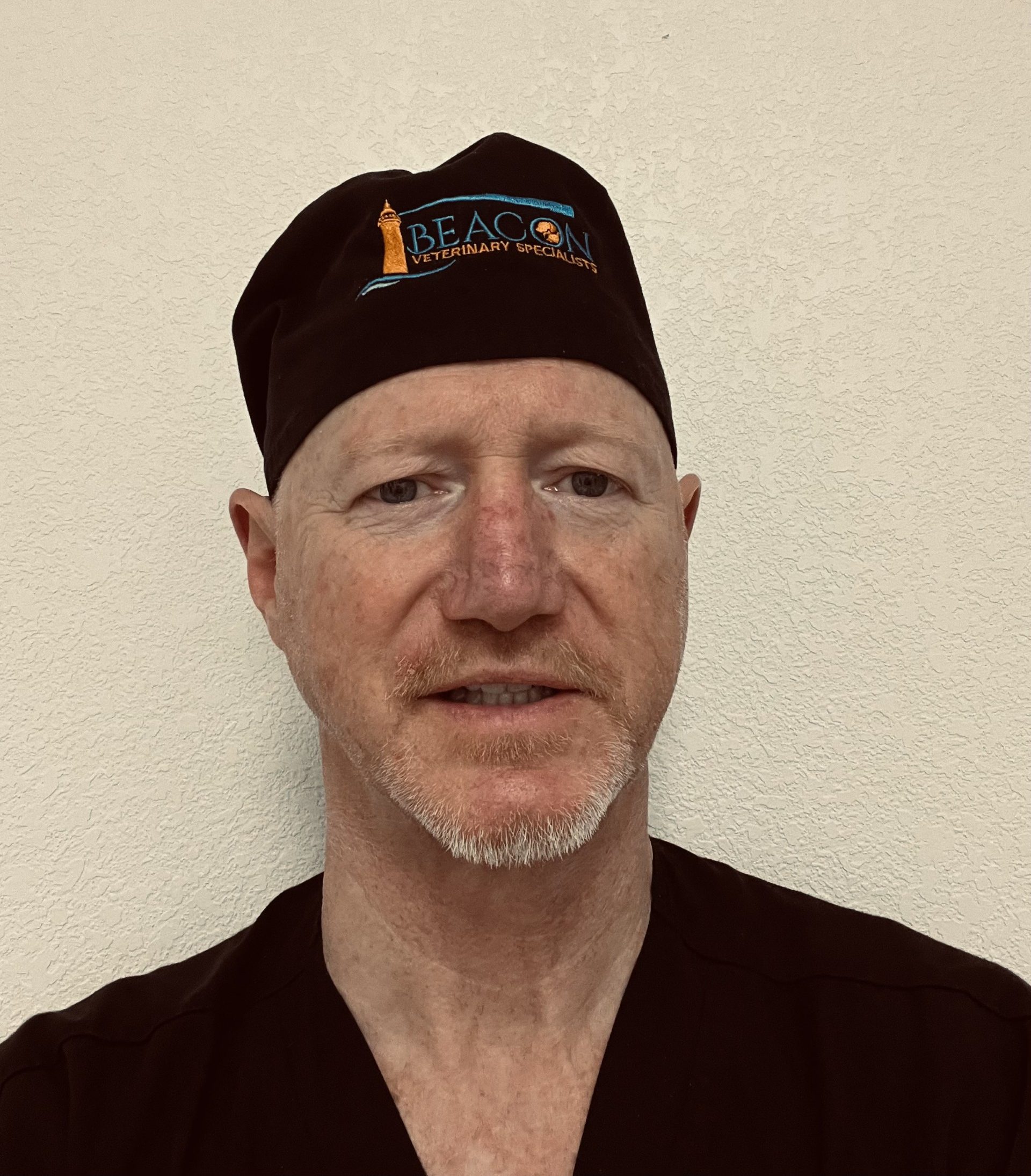
Topic: Ophthalmology
Dr. Holly Hamilton received her DVM degree from the University of Wisconsin. She completed a small animal internship at Washington State University and an ophthalmology residency and master’s degree at Auburn University. A diplomate of the American College of Veterinary Ophthalmologists, she held a faculty position at Louisiana State University and has been in ophthalmology private specialty practice in both Colorado and California. She currently works at Bay Area Animal Eye Care in Fremont and Pleasanton, California.
8:00 AM–9:00 AM The Orbit Is Not Out of This World
Do exophthalmos, strabismus, or enophthalmos make your head spin? There are many disease processes that result in globe displacement. Understand how to differentiate orbital abscess, from neoplasia and cystic etiologies, with the diagnostic tools provided in this presentation.
9:05 AM–10:05 AM Distichia, Entropion, and Other Window Dressings
The discussion will cover various conditions of the eyelids, including conformational abnormalities, infectious diseases, immune-mediated disorders, neoplastic conditions, and traumatic injuries. Diagnostic tips and principals of therapy will be discussed.
10:30 AM–11:30 AM I Can See Clearly Now: Differential Diagnosis of Nonulcerative Corneal Disease
Why is the cornea not clear? Expand your understanding of corneal disease beyond fluorescein stain with congenital and developmental corneal changes that can impact vision and the quality of life of our patients.
11:35 AM–12:35 PM Ulcerative Keratitis: What to Do if the Ulcer Won’t Heal
Corneal disease can be mysterious. Why do some ulcers heal, some get worse, and others don’t change at all? In this session, we will discuss what to do after the fluorescein stain and treatment of different types of ulcers.
8:00 AM–9:00 AM Glaucoma: A Plummer’s Guide on How to Handle the Pressure
Glaucoma is one of the most common causes of blindness, and early recognition is essential to try to preserve vision. This lecture focuses on early recognition, therapy, and monitoring of glaucoma.
9:05 AM–10:05 AM Understanding Fundus Abnormalities
Evidence of many diseases, including fungal, rickettsial, systemic hypertension, and neoplasia, can be seen in the retina and optic nerve. There are also numerous inherited conditions and normal variations that can affect what we see during a fundus exam. Attendees will leave this session with a better understanding of fundus abnormalities.

Topic: Orthopedic Surgery
Dr. Randall Fitch, a board-certified veterinary surgeon since 1995, has dedicated over 35 years to referral surgery in academic and private settings. After completing his residency and fellowship at Auburn University, he served as a professor at Louisiana State University and Colorado State University, earning multiple teaching and research awards in small animal surgery. An accomplished author and national lecturer on canine orthopedics, Dr. Fitch currently practices at Beacon Veterinary Specialists in Fremont, California.
10:30 AM–11:30 AM The Science of Canine Motion and Injury to Improve Patient Outcome
Deciphering the unique biomechanic elements of the canine movement provides essential understanding for injury diagnosis and treatment. In this session, video analysis will be provided to unscramble the mechanics of canine motion, function, and injury.
11:35 AM–12:30 PM Cranial Cruciate Ligament Disease: Expanding Your Toolbox for Diagnosis
Building on the foundation from the prior lecture, this presentation focuses on additional diagnostic aids for cranial cruciate ligament disease. This lecture is designed to dramatically expand your ability to diagnosis cranial cruciate disease in dogs.
8:00 AM–9:00 AM Quadriceps Alignment and Patella Luxation
Quadriceps function and alignment resonate well beyond the stifle, producing kinematic changes throughout the leg. A comprehensive understanding of these alterations provides an opportunity for better diagnostics, with a more complete examination and treatment.
9:05 AM–10:05 AM Lumbopelvic Motion and the Upper Limb
Understanding lumbopelvic motion will change your comprehesion of upper limb function and reprioritize your treatment. Expand your diagnostic abilities for more specific evaluation and localization of the hip joint, lumbosacral region, spine, and regional muscle.
10:30 AM–11:30 AM Biomechanics of the Thoracic Limb: Mastery of the ELBOW
In this session, we will review specific diagnostic tips in orthopedic evaluation to aid in diagnosis and treatment of the elbow. Lameness and orthopedic evaluation specifics with motion analysis evaluation will be included, with imaging tips for diagnosis.
11:35 AM–12:35 PM A Better Understanding of the Shoulder
This presentation will discuss using biomechanics and motion as specific orthopedic tools for diagnosis of injuries of the shoulder. Attendees will gain a better understanding of conditions of the shoulder and how to diagnose these conditions with an expansion in orthopedic tips.